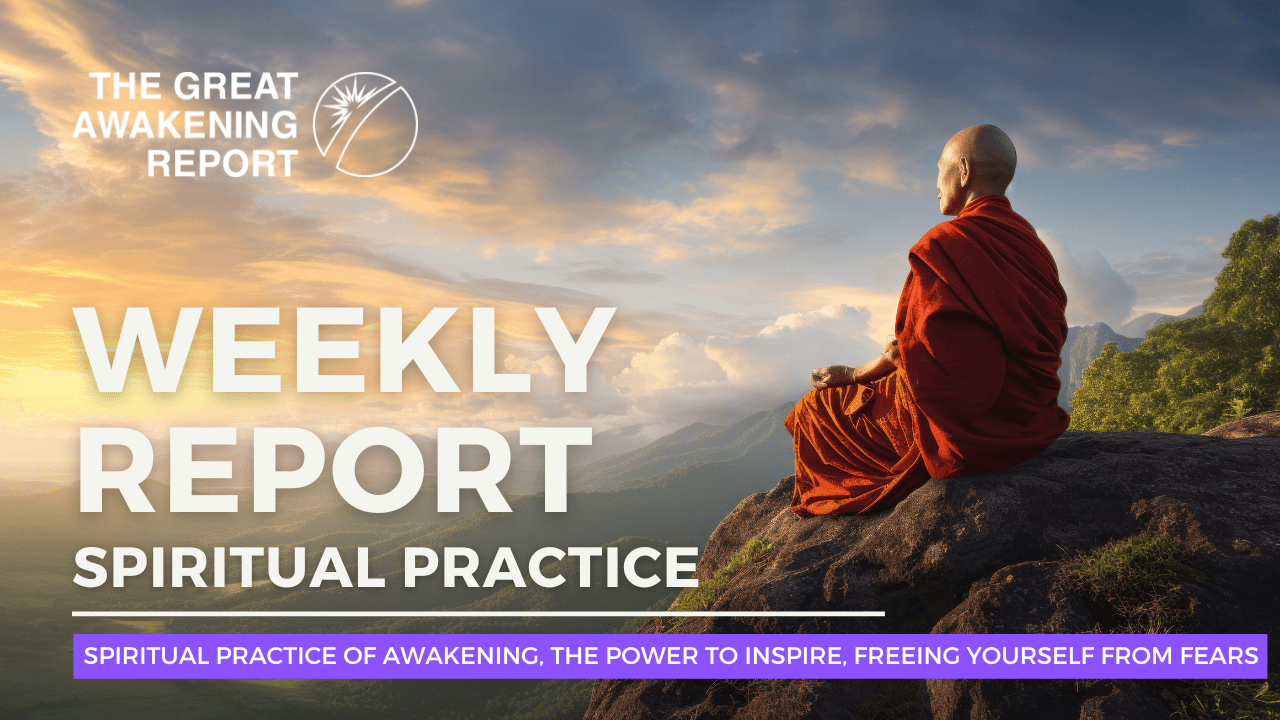Special Report: Living in Harmony With Technology
By Alana McNallyPublished On: September 4, 2023
Help us bypass censorship: by sharing this report with friends and family.


Your alternative news source, aggregating the world’s latest, trending, and suppressed alternative news. Focused on truth, awakening, and disclosure.
Your alternative news source, aggregating the world’s latest, trending, and suppressed alternative news. Focused on truth, awakening, and disclosure.
REPORTS
Courses
Company
© Copyright 2012 - 2025 | Great Awakening Report | All Rights Reserved
